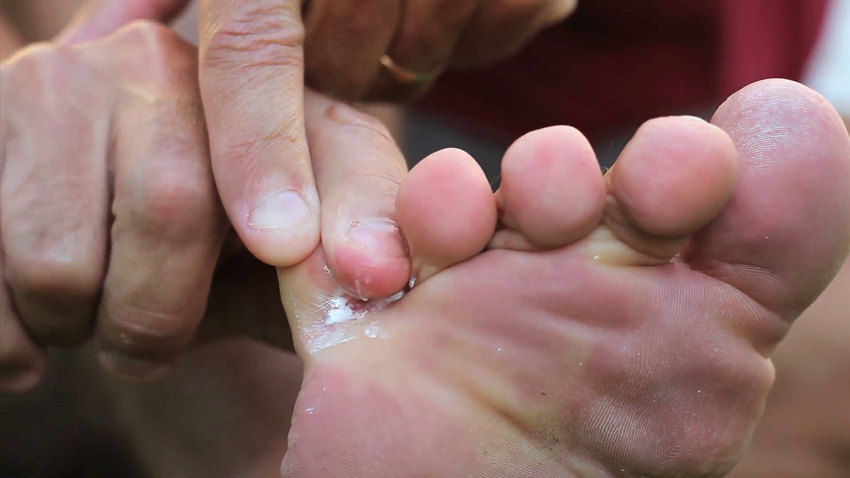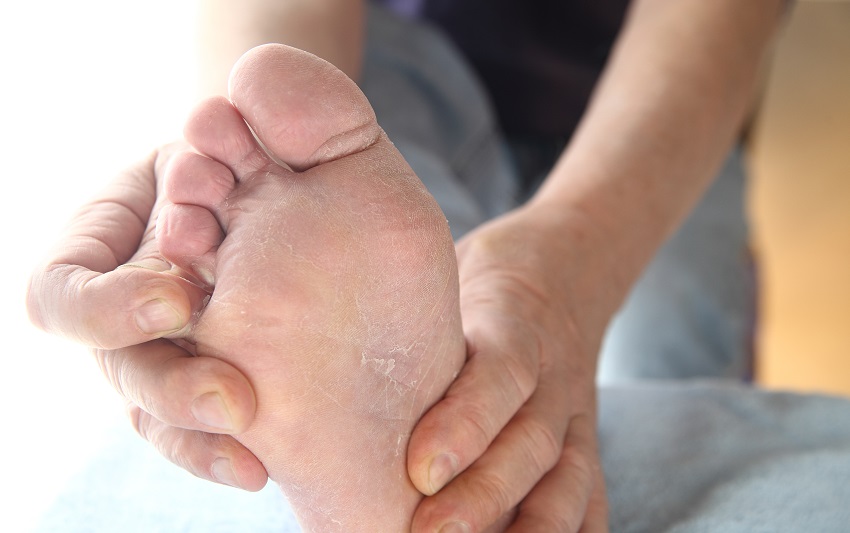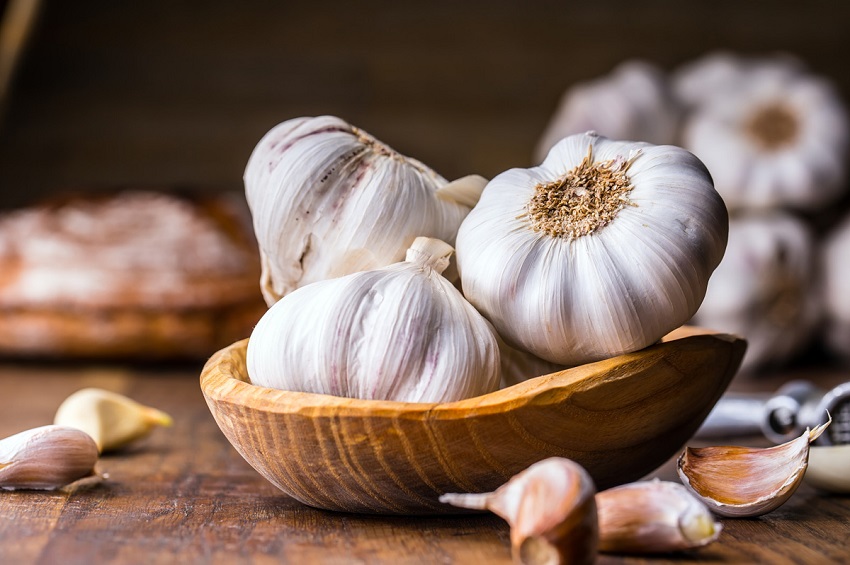Athlete’s foot is a disease caused by a fungus, which usually appears on the toes. The fungus attacks this area more because the shoes create a warm and humid environment.
In addition to the toes, it can also occur on the heels, the palms of the hands and between the fingers of the hands. However, the infection can spread to all parts of the body. It is also more common among adolescent and adult males.
Athlete’s foot causes
Athlete’s foot is contagious and can be transmitted by direct contact, by shoes, socks, swimming pools or showers. Because infection is common among athletes who use these facilities, the term athlete’s foot has become popular.
The risk can increase when wearing closed shoes, if the feet are kept moist for a long period of time and when there is a lesion on the nails or on the skin.
Keep reading:How to prevent and treat warts through diet
symptom
The most common symptoms of athlete’s foot are:
- Dry skin on scales
- Itching
- Inflammation
- Blisters
We must pay close attention because, if the fungus is found on the nails, they usually show discoloration, thickening, and even the nail could come off.
To prevent infections caused by fungi such as athlete’s foot, specialists advise:
- Wash your feet daily with soap and water.
- Keep feet dry, especially between the fingers.
- Wear clean cotton socks. Also, change them as many times as necessary to keep the feet dry.
- Sandals are essential in public swimming pools or showers.
- Shoes should be well ventilated and made of a natural material, such as leather.
Types of athlete’s foot
There are three types of athlete’s foot:
Interdigital: It is the most common type of athlete’s foot and usually manifests between the smallest fingers. Also, it can cause burning, itching and spread to the sole of the foot.
Moccasin: This type of athlete’s foot can start as a small irritation, dryness or itching. However, as it develops, the skin may crack.
Vesicular: This type is not very common and usually begins with blisters under the skin.
Complications
If the foot is swollen, warm to the touch, with pus or spreads to the leg you should visit the specialist. These symptoms may be caused by more serious infections.
Natural remedies to treat athlete’s foot from home
Garlic to treat athlete’s foot
Garlic has a compound called ajoene that acts as a natural antifungal and antibacterial agent. You can add a tooth or 2 to your meals to speed the healing process of any fungal infection, including athlete’s foot.
Option 1: Infusion of garlic
Daily consumption of an infusion of garlic can help us fight fungi from the inside.
Ingredients:
- 3 cloves garlic crushed
- 1 cup of water (250 ml)
Preparation:
- We will heat the water with the three cloves of garlic.
- When it is boiling, turn off, let stand 5 to 7 minutes and ingest.
Option 2: Olive oil and garlic
Ingredients:
3 garlic cloves finely crushed
3 drops of olive oil.
Preparation:
We put the 3 cloves of finely crushed garlic in a small bowl, add 3 drops of olive oil and stir well.
Finally, we will apply on the foot that presents the condition.
Vinegar
The acid property of the vinegar helps kill the fungus and lower the level of alkalinity of the skin, which inhibits rapid infection. The vinegar helps to eliminate extra moisture from our feet, providing an important acceleration in the healing process.
Ingredients:
2 tablespoons of vinegar (30 ml)
How to use
We will apply apple vinegar on the foot that presents the condition through circular massages.
It is important to let it dry outdoors, and avoid wearing shoes for at least one hour.
Yogurt
The yogurt contains cultures of active bacteria that are very efficient in the fight against fungal infections, such as athlete’s foot. The acidophilus bacteria present in natural yogurt help fight fungal and bacterial infections.
Ingredients:
2 tablespoons of yogurt (30 ml)
How to use:
As in the previous case, we will apply the yogurt on the area affected by the fungi, and we will do massages to spread it well.
Let it act for an hour and wash with plenty of water.
We also invite you to read this article:http://amateurs-paradise.com/symptoms-of-appendicitis/



